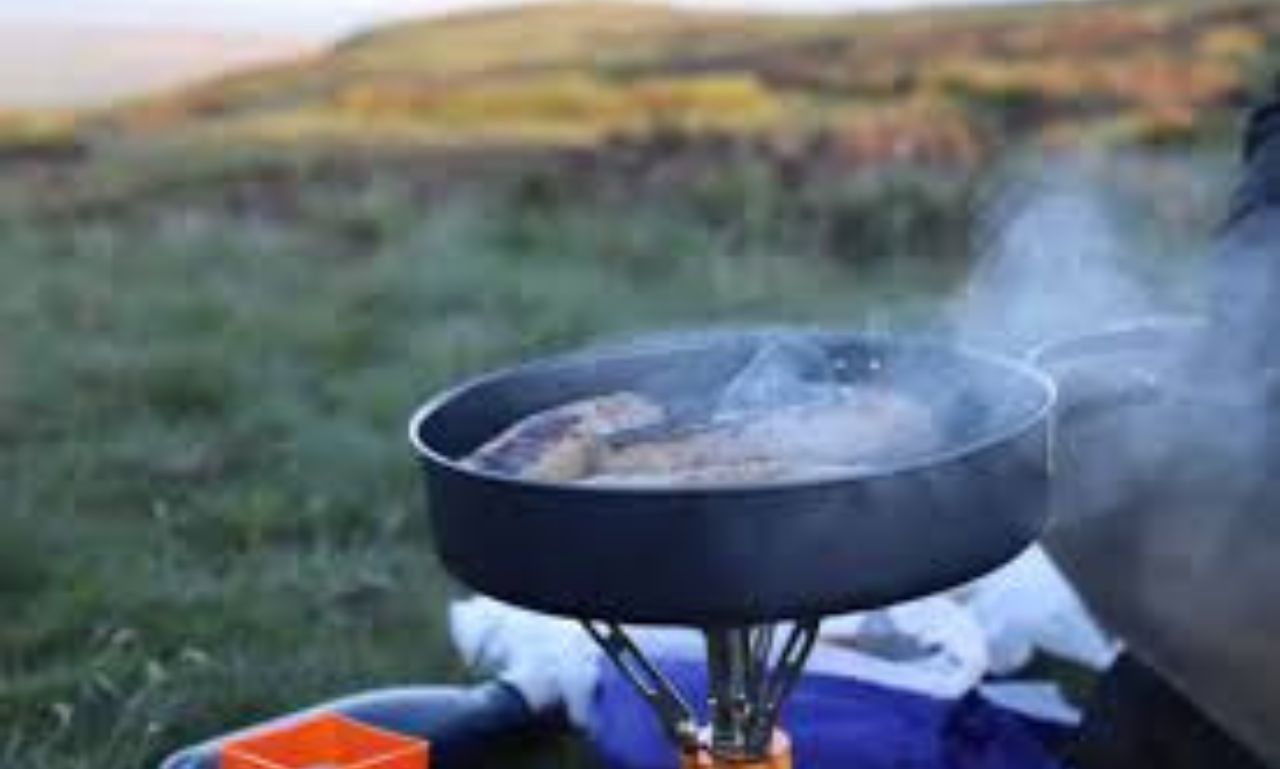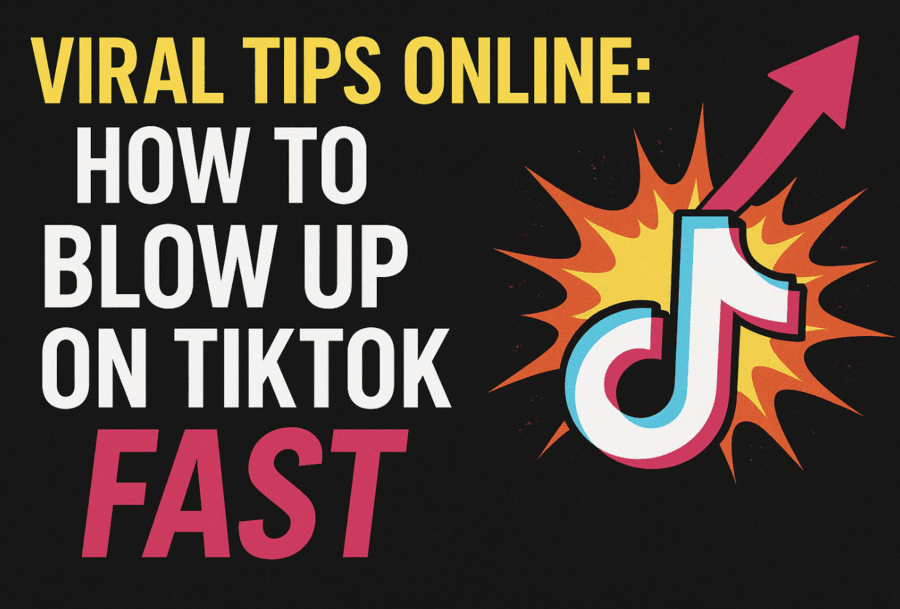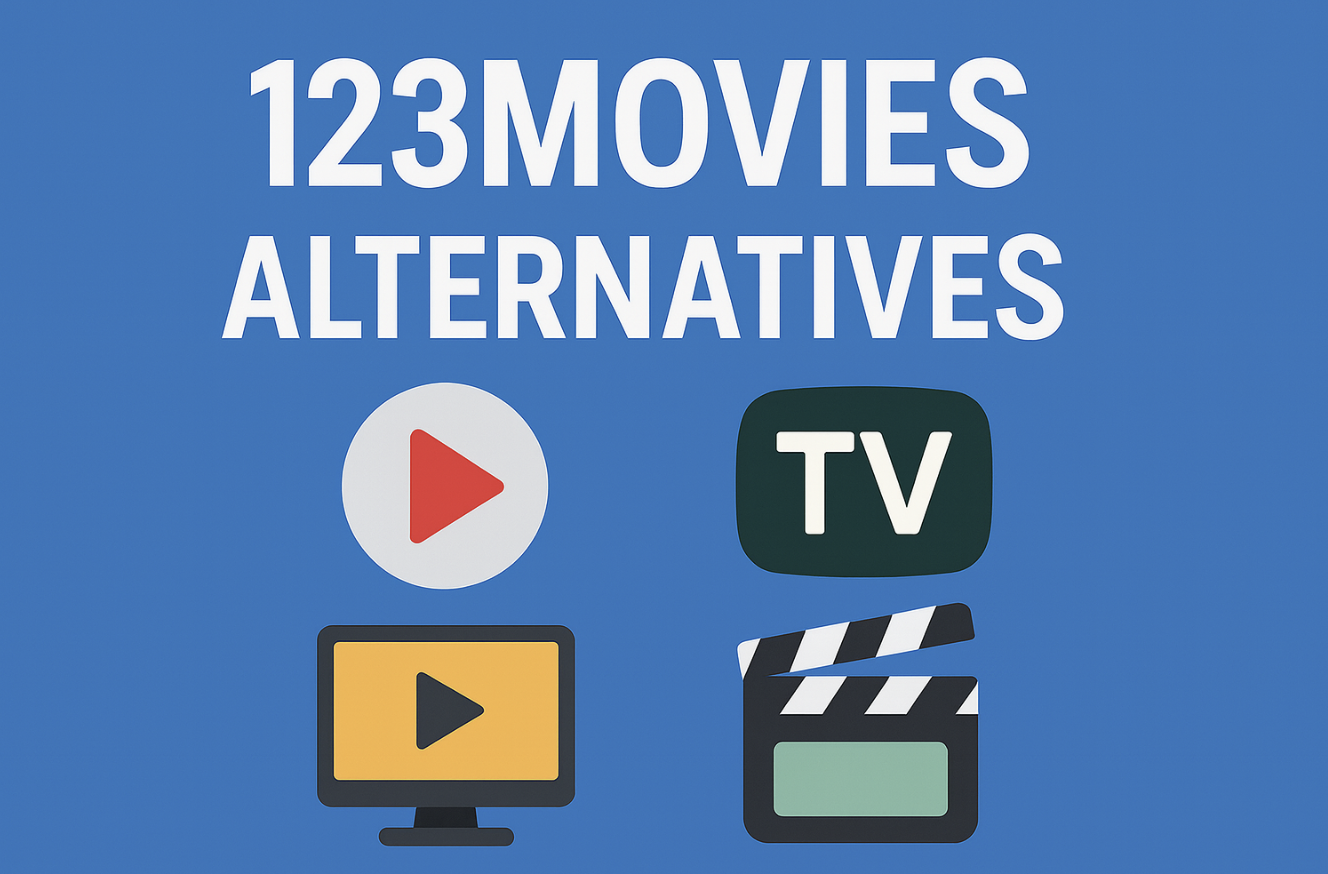Guide
How to Choose the Perfect Portable Stove for Your Travel Adventure

When it comes to travel and outdoor adventures, food can make or break your experience. Whether you’re hiking through the mountains, camping in the woods, or road-tripping across the country, having a reliable portable stove can transform your journey. The right stove lets you cook delicious meals anywhere, saves you money, and provides the comfort of a warm meal after a long day outdoors.
But with so many models on the market, how do you choose the perfect portable stove for your needs? This guide will walk you through everything you need to know — from types of stoves and fuel sources to weight, safety, and maintenance — so you can make an informed decision.
1. Understanding Portable Stoves: Why They Matter
Portable stoves are compact cooking devices designed for travelers, campers, and backpackers. They allow you to boil water, cook food, and stay warm in remote areas where traditional kitchens aren’t available.
A good portable stove should be lightweight, efficient, and easy to operate, no matter the environment. Some models are built for solo backpackers who need quick meals on the trail, while others cater to group camping trips with multiple burners.
👉 For an in-depth guide to outdoor cooking essentials, visit REI Co-op’s camping kitchen checklist.
2. Types of Portable Stoves
Before you make a purchase, it’s crucial to understand the different types of portable stoves and their purposes. Each type comes with unique pros and cons.
a. Canister Stoves
Canister stoves use pre-pressurized fuel canisters (usually isobutane-propane blends). They’re lightweight, easy to ignite, and ideal for short camping trips or backpacking adventures.
Pros: Fast setup, no priming needed, clean-burning.
Cons: Not ideal in cold weather or high altitudes.
b. Liquid Fuel Stoves
Liquid fuel stoves run on white gas, unleaded gasoline, or kerosene. These are durable and efficient for long trips and international travel.
Pros: Great for extreme weather, easy to refuel anywhere.
Cons: Heavier, require priming and maintenance.
c. Wood-Burning Stoves
Wood-burning stoves are eco-friendly and run on twigs, sticks, or dry leaves found around your campsite.
Pros: No need to carry fuel, sustainable.
Cons: Depend on dry wood availability, produce smoke.
d. Solid Fuel Stoves
These compact stoves use small fuel tablets that ignite quickly. They’re great for ultralight backpacking or emergency use.
Pros: Lightweight and simple.
Cons: Limited flame control and slower cooking times.
e. Multi-Fuel Stoves
As the name suggests, these versatile stoves can burn multiple types of fuel — from liquid gas to canisters — making them ideal for international travelers.
Pros: Extremely flexible and reliable.
Cons: Heavier and more expensive than single-fuel models.
3. Key Factors to Consider Before Buying
Choosing the right stove depends on your travel goals, cooking needs, and budget. Here’s what you should consider:
a. Weight and Size
If you’re backpacking, every gram matters. Choose an ultralight stove that fits easily in your pack. For car camping, you can opt for a larger, sturdier model with more burners.
b. Fuel Availability
Your destination matters. In remote areas, it might be easier to find gasoline or wood than isobutane canisters. Research fuel availability before your trip.
c. Cooking Speed and Efficiency
Some stoves can boil a liter of water in under three minutes, while others take longer. Consider the BTU output (a measure of heating power) when comparing models.
d. Stability and Build Quality
A good portable stove should have a solid base to support your cookware, even on uneven ground. Look for stoves made of stainless steel or aluminum alloy for durability.
e. Ease of Use and Maintenance
Choose a model that’s easy to assemble and clean. Complicated stoves can become frustrating, especially in windy or rainy conditions.
For detailed camping stove reviews, check out OutdoorGearLab’s portable stove comparison.
4. Fuel Types: What’s Best for You?
Fuel type is one of the biggest factors affecting performance, cost, and convenience.
-
Isobutane-Propane Canisters: Lightweight and ideal for short trips.
-
White Gas: Reliable in extreme cold; great for long expeditions.
-
Kerosene or Gasoline: Common worldwide; useful for international travelers.
-
Wood: Best for eco-conscious campers or survivalists.
-
Solid Tablets: Perfect for emergencies or minimalist hikers.
Each option comes with trade-offs, so choose based on your destination, climate, and duration of travel.
5. Safety Tips for Using Portable Stoves
Using a stove outdoors comes with certain risks. Follow these essential safety tips to avoid accidents:
-
Always cook in a well-ventilated area. Avoid enclosed spaces like tents.
-
Keep your stove stable. Use flat surfaces or a stove stand.
-
Store fuel properly. Keep it away from flames or direct sunlight.
-
Let it cool before packing. Burns and melted gear are common mistakes.
-
Carry a backup lighter or matches. Electronic igniters can fail in wet weather.
You can also explore Backpacker’s safety guide for more detailed instructions on safe stove handling.
6. Popular Portable Stove Brands to Consider
Here are some top-rated brands that offer high-quality, travel-ready stoves:
-
Jetboil: Known for compact designs and fast boiling times.
-
MSR (Mountain Safety Research): Reliable stoves with strong performance in all weather conditions.
-
Coleman: Great for car camping and family trips.
-
BioLite: Eco-friendly wood-burning stoves with USB charging capability.
-
Snow Peak: Sleek, durable stoves from Japan perfect for minimalist travelers.
Each brand caters to different needs, from lightweight solo gear to large group setups.
7. Maintenance and Longevity Tips
To keep your portable stove working efficiently for years:
-
Clean after each use: Remove food residue and grease buildup.
-
Check for leaks: Test fuel lines and seals regularly.
-
Store in a dry place: Moisture can cause rust and damage.
-
Lubricate moving parts: This ensures smooth operation.
-
Replace worn-out parts: Many brands sell replacement kits for maintenance.
A well-maintained stove can last over a decade, saving you money in the long run.
8. Budget vs. Premium: Which Should You Choose?
If you’re a casual camper or occasional traveler, a budget-friendly canister stove might suit your needs. However, if you plan on trekking through harsh environments, investing in a high-performance model like the MSR WhisperLite or Jetboil Flash is worth every penny.
Remember: your stove isn’t just a cooking tool — it’s your source of warmth, safety, and comfort during your adventure.
9. Final Thoughts: Your Perfect Portable Stove Awaits
Choosing the perfect portable stove for your travel adventure doesn’t have to be overwhelming. By understanding your needs — whether it’s lightweight convenience, fuel efficiency, or all-weather reliability — you can pick a stove that enhances your outdoor experience.
A quality portable stove ensures that every meal becomes a memory, every campsite feels like home, and every journey is fueled with delicious food.
So before your next adventure, do your research, compare models, and invest in the stove that matches your spirit of exploration.
Guide
Is Seekde the Right Solution for Your Business? An In-Depth ROI Analysis

If you have been paying attention to the latest shifts in business technology, you have likely heard the buzz surrounding seekde in the corporate world. It promises to be more than just a search tool; it claims to be a complete ecosystem for knowledge discovery and workflow automation. But for a prudent business leader, the real question is not about hype—it is about the Return on Investment (ROI).
In this report, we act as your dedicated investigative team. We will strip away the marketing fluff to determine if seekde is a smart financial move or just another subscription to cancel next year. By analyzing time savings, software consolidation, and productivity metrics, we will help you decide if this platform earns its place in your tech stack.
What is Seekde Actually?
Before calculating value, we must define the asset. Think of seekde not as a standard search engine, but as a digital “knowledge loom.” Traditional search engines give you threads of information (links), leaving you to weave them into a fabric (answers).
Seekde does the weaving for you. It uses advanced Artificial Intelligence to:
- Contextualize Data: It understands *why* you are searching, not just *what* you typed.
- Integrate Workflows: It connects with your existing tools like Slack or Trello to find internal answers.
- Predict Needs: It suggests relevant data before you even realize you need it.
For a business, this means the end of “tab fatigue.” Instead of opening twenty tabs to research a market trend, your team gets a synthesized, verifiable answer in seconds.
The Hard Numbers: Calculating the ROI of Seekde
When we talk about ROI, we often look for hard currency. With seekde, the financial return comes primarily from two sources: Time Reclamation and Stack Consolidation.
Turning Time Into Money
Let’s use a hypothetical scenario. Imagine a mid-sized marketing team of 10 people. The average employee spends roughly 20% of their week just searching for information—tracking down files, researching competitors, or finding old emails.
If seekde reduces that search time by half, you effectively gain back 10% of your work week. For a team with an average salary of $60,000, that is $60,000 in recovered productivity per year.
This is not “soft” money; these are billable hours or creative brainstorming sessions that were previously lost to the void of inefficient searching.
The “Subscription Diet” Effect
Modern businesses are bloated with software. You might have one tool for project management, another for internal wikis, and a third for market research. Seekde often functions as a central hub that can replace or streamline these fragmented tools.
- Eliminate Redundancy: If you can drop a premium internal search tool or a standalone market intelligence subscription, the cash savings are immediate.
- Lower Training Costs: diverse tools require diverse training. A single, intuitive interface reduces the onboarding burden on HR.
Analyzing the Features: Does Seekde Deliver?
To understand if the price tag is justified, we must audit the features. A tool is only as valuable as its utility in the trenches of daily work.
Smart Search vs. Traditional Search
Most employees are used to keyword matching. If they type “Q3 Report,” they get every file with “Q3” in the name. Seekde operates on *intent*.
If a manager asks, “How did we perform in Q3 compared to Q2?”, the platform pulls data from the Q3 report and the Q2 report and presents a comparison. It acts like a junior analyst rather than a file cabinet.
Data Exploration (“De”)
The “de” in seekde stands for Data Exploration. This feature is the differentiator for power users. It allows teams to visualize complex datasets without needing a data scientist.
For example, a sales lead can upload a messy CSV file of customer leads. The platform can instantly organize it, highlight high-value targets, and spot regional trends. This feature alone can save hours of manual Excel work every week.
Soft ROI: The Hidden Benefits of Seekde
Not every benefit fits neatly into a spreadsheet. However, these “soft” returns often determine long-term company health.
Reduced Cognitive Load is a major factor. When employees struggle to find information, they get frustrated. This frustration leads to burnout. By making information retrieval effortless, you preserve your team’s mental energy for high-value problem solving.
Better Decision Velocity is another intangible asset. In business, speed is a weapon. If your competitor takes three days to assess a market shift, and your team uses seekde to do it in three hours, you win. You cannot easily put a dollar sign on speed, but you can certainly see its impact on market share.
Integration Capabilities
A standalone tool creates silos. A robust solution breaks them down.
- Seamless Connection: It links with CRMs, email clients, and cloud storage.
- Security First: It ensures that sensitive internal data remains within the company walls, unlike open AI tools like ChatGPT.
Implementation: Is Your Team Ready for Seekde?
Buying the software is the easy part. Getting your team to use it is the challenge. The “learning curve” is often where ROI goes to die.
The Adoption Hurdle
Technologically, the platform is user-friendly. However, it requires a cultural shift. Employees are used to “Googling” things or digging through folders. Training them to “ask” the platform complex questions takes time.
Recommendation: If you invest, appoint a “Champion” within your office. This person should master the advanced features and show others the shortcuts. Without this internal advocate, your expensive software might sit collecting digital dust.
Conclusion: The Final Verdict on Seekde
So, is seekde the silver bullet for your business efficiency?
If your team spends hours drowning in data, struggling to find internal documents, or paying for too many single-use tools, the answer is likely yes. The hard cost savings from productivity gains alone often justify the license fees within the first quarter.
However, if your business is small and your data is already well-organized, the advanced “Data Exploration” features might be overkill.
The Bottom Line: Treat this investment as a hire, not a purchase. Seekde is effectively a digital employee that works 24/7, never sleeps, and remembers everything. For most modern enterprises, that is an employee worth hiring.
Guide
What Really Happens Up There: A Simple Guide to Roof Care

Why Roof Care Matters More Than Most Homeowners Realize
Most people barely think about their roof until something goes wrong, yet it is one of the hardest working parts of the home. It handles sun, rain, snow, wind and temperature swings every single day. Roof care is not complicated, but it is essential for protecting your home’s value and comfort. A well maintained roof lasts longer, looks better and prevents costly issues inside the home. Many homeowners look for guidance from a Manhattan Ny Contractor who understands how different materials age, how weather affects performance and which maintenance steps give the biggest return. Taking care of your roof is not just a seasonal task. It is a year round responsibility.
Understanding the Roof as a Complete System
A roof is more than its surface. It includes layers that work together to protect your home. Shingles, underlayment, flashing, vents and gutters all play a role in how well the system performs. When one part weakens, the entire structure becomes vulnerable. This is why inspections are important. They reveal early signs of wear, such as cracked shingles or loose seals, long before water reaches the interior. A Manhattan Ny Contractor can help homeowners understand how each component contributes to a strong roof and what to watch for each year.
The Role of Cleaning in Roof Maintenance
Cleaning is one of the simplest yet most overlooked parts of roof care. Over time, leaves, branches and dirt settle on the surface, holding moisture and encouraging moss or algae growth. These elements weaken the roof and create dark streaks that make the home look older. A proper cleaning removes buildup so the materials can breathe and dry naturally. Clearing debris also reduces weight and prevents water pools from forming. Roof surfaces stay healthier longer when cleaned at least once a year. A clean roof also allows for easier detection of damage because imperfections become visible.
Why Small Repairs Should Never Be Delayed
Minor roof problems quickly grow into major repairs if ignored. A loose shingle, lifted nail or small gap in flashing might seem harmless, but water only needs a tiny opening to seep inside. Once moisture reaches wood framing or insulation, damage spreads before anyone notices. Making small repairs as soon as they appear is the best way to protect your home. This includes replacing missing shingles, sealing gaps and tightening loose elements. A Manhattan Ny Contractor can perform these repairs safely and ensure that materials match the existing roof for a seamless finish.
The Importance of Ventilation and Airflow
Proper ventilation keeps roofs healthy by balancing temperatures inside the attic. When hot air becomes trapped, shingles age faster and insulation deteriorates. Moisture also builds up, creating conditions for mold or wood rot. Good airflow prevents these issues by allowing hot, humid air to escape. Soffit and ridge vents work together to maintain a steady cycle of air movement. This helps the roof last longer and makes the home more energy efficient. Ventilation is one of the most effective but least visible aspects of roof care.
Gutter Maintenance and Its Impact on the Roof
Gutters are essential to roof care because they control how water moves away from the house. When gutters clog, water spills onto the roof edge, saturating materials and weakening the structure. Overflow can also damage siding, landscaping and the foundation. Regular gutter cleaning ensures that water flows properly and reduces the risk of leaks. Homeowners should check gutters during fall and spring, especially after heavy storms. Repairing sagging sections or replacing worn components keeps the system working its best.
Seasonal Roof Checks That Protect Your Home
Different seasons bring different challenges. Summer heat stresses shingles, fall debris collects in heavy layers, winter ice causes expansion and spring rain tests every joint. Conducting seasonal checks helps you catch problems early. In summer, look for curling shingles. In fall, clear debris promptly. In winter, watch for ice buildup along the edges. In spring, inspect flashing and seals for signs of movement. These small efforts throughout the year prevent bigger problems from forming.
How Weather Patterns Affect Roof Lifespan
Sun exposure fades materials over time, snow adds weight and moisture, and heavy winds can lift or loosen shingles. Understanding how local weather affects your roof helps you plan appropriate maintenance. Homes in areas with intense sunlight need shingles designed for UV resistance. Homes exposed to strong winds need proper fastening techniques. An experienced Manhattan Ny Contractor can recommend materials and care routines suited for the region’s climate patterns.
The Value of Professional Inspections
Even if you check your roof regularly, professional inspections are essential. Experts know where damage typically begins and can spot issues invisible from the ground. Roofing professionals use safe equipment and have training to evaluate structural integrity, ventilation and overall condition. Scheduling an inspection once or twice a year adds a layer of protection that homeowners cannot achieve alone.
Keeping Your Roof Healthy for Years to Come
Routine roof care is the difference between a roof that lasts twenty years and one that lasts thirty or more. Cleaning, repairs, ventilation and inspections all work together to extend the life of the system. A well cared for roof protects your home from the elements, reduces energy costs and maintains the home’s appearance. Simple habits make a lasting impact when practiced consistently.
Guide
Study Visa Consultant for MBBS in China – Your Complete Guide for Pakistani Students

Choosing the right destination for medical studies is one of the most important decisions for any student. Over the past decade, MBBS in China has become one of the top choices for Pakistani students due to its global recognition, affordable cost structure, and high-quality medical education. If you are planning to study MBBS abroad, working with a reliable study visa consultant for China can make the entire process smooth, transparent, and stress-free.
This article explains why China is the best option for MBBS, why Pakistani students prefer Chinese medical universities, and how the right consultant can guide you toward a successful medical career abroad.
Why Choose China for MBBS?
1. Affordable Tuition Fees
Compared to many Western countries, China offers budget-friendly MBBS programs. Even high-ranking Chinese medical universities offer tuition fees that are significantly lower than those in the US, UK, or even some Asian countries.
2. Globally Recognized Medical Degrees
Most Chinese medical universities are recognized by WHO, PMC (Pakistan Medical & Dental Council), UNESCO, and other global bodies. This recognition ensures that graduates can continue their careers in Pakistan or apply for international licensing exams.
3. English-Medium Programs
Several top universities in China provide MBBS programs fully taught in English, making it easier for Pakistani students to adapt and excel academically.
4. Advanced Medical Infrastructure
China is a global leader in modern medical technology. Students benefit from:
- State-of-the-art laboratories
- Modern hospitals with high patient inflow
- Practical clinical exposure
This exposure prepares students to meet global medical standards.
5. Safe and Culturally Friendly Environment
Chinese cities are known for being safe, clean, and welcoming for international students. The cultural environment is respectful and easy to adjust to, especially for South Asian students.
Why MBBS in China is Ideal for Pakistani Students
1. Similar Educational Systems
China’s academic structure closely resembles Pakistan’s, especially in medical disciplines. This familiarity makes the transition smooth and reduces academic pressure.
2. Affordable Living Costs
Accommodation, transportation, and daily expenses in China are comparatively lower than in many other countries offering MBBS programs. Pakistani students can live comfortably on a reasonable budget.
3. High Visa Success Rate
China maintains strong educational ties with Pakistan, resulting in a high student visa approval rate for genuine applicants.
4. Halal Food and Community Support
Halal food is easily available across major Chinese cities, and large Pakistani student communities assist newcomers in adjusting quickly.
5. Internship and Job Opportunities
Chinese hospitals offer diverse clinical experiences. After graduation, students can return to Pakistan for house jobs or attempt licensing exams such as NLE, USMLE, PLAB, etc.
Role of a Study Visa Consultant for MBBS in China
Applying for MBBS in China involves multiple steps—university selection, documentation, admission processing, visa filing, accommodation arrangements, and pre-departure guidance. A professional study visa consultant ensures:
- Accurate and timely application submission
- Selection of PMC-approved universities
- Transparent fee structure and guidance
- Smooth visa processing
- Assistance in travel and settlement in China
Working with an experienced consultant increases both your admission and visa success rates.
SAM Associates Private Limited – The Best Study Visa Consultant in Pakistan for MBBS in China
When it comes to studying MBBS in China, SAM Associates Private Limited stands out as one of the best and most trusted consultants in Pakistan. With years of experience, a 100% transparent process, and partnerships with top Chinese universities, they provide complete guidance from admission to departure. Whether you want to pursue MBBS, engineering, business, language programs, or any other study option in China, SAM Associates ensures you receive professional support every step of the way.
-

 How to4 months ago
How to4 months agoHow to Get My Instagram Password on Android
-

 Social Media4 months ago
Social Media4 months agoGo Viral Overnight: Proven Instagram Power Moves to Beat the Algorithm
-

 Social Media4 months ago
Social Media4 months agoGoing Viral in the Digital Age: Meaning, Importance, and Practical Tips
-

 Social Media4 months ago
Social Media4 months ago7 Powerful Tips to Reach More People on Facebook (Without Spending a Fortune)
-

 How to4 months ago
How to4 months agoHow to Turn Instagram Followers into Real Customers
-
Viral Tips1 year ago
Make Money Online from Home 2024
-

 How to4 months ago
How to4 months agoViral Tips Online – How to Blow Up on TikTok Fast
-

 How to4 months ago
How to4 months agoViral Tips Online – Secrets to Explode Your Instagram Reels & Posts



















